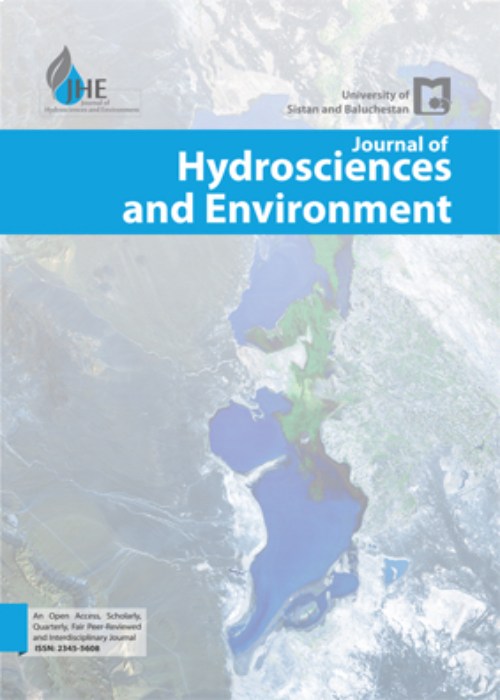Evaluating Physical Changes in Aquatic Zones and Their Relation with Precipitation in Fars Province
Given the recent droughts, it has become increasingly valuable to plan for water resources management and conservation as well as the protection of local communities. Investigating the trend of water resource changes, especially those that are restricted and have undergone transformations over a short period of time, is applicable for optimal resource management. The present study aims to evaluate physical changes in Fars province's aquatic zones, i.e. Bakhtegan, Tashk, Maharloo, and Parishan lakes, using the MODIS (Moderate Resolution Imaging Spectroradiometer) service and its relationship with precipitation over the period 2001-2017. Due to land-use and precipitation changes, the areas of these aquatic zones have decreased dramatically. As the results show, the area of the province's water surface along with the wetland class was 1346.31 km2 in 2001, comprising 1.09% of the total land use of the province, while the amount of water in the province (wetland and aquatic land-use classes) was 99.59 km2 (about 0.75%) in 2017. This indicates a decline of more than 25%. Then, using precipitation data, the relationship between the area of aquatic zones and the precipitation rate was measured. The results indicated a direct and positive correlation between these two factors as 0.76. The highest precipitation concentration was observed in the studied aquatic zones. The reverse was also true in the years when the lakes reached their minimum areas.
-
Evaluation of geodiversity and land protection of Arjan International Wetlandcatchment area using GIS and Fragstase software
Mohammadali Zanganeh Asadi, Najmeh Shafiei *,
Journal of Remote Sensing and GIS Applications in Environmental Sciences, -
Evaluation of tourism development services in Urban Peripheral villages through the Vikor model and spatial statistics algorithms in GIS(case study of Izeh county)
Hojatollah Sadeghi *, Seyed Skandar Seidiy,
Journal of Urban Peripheral Development,



